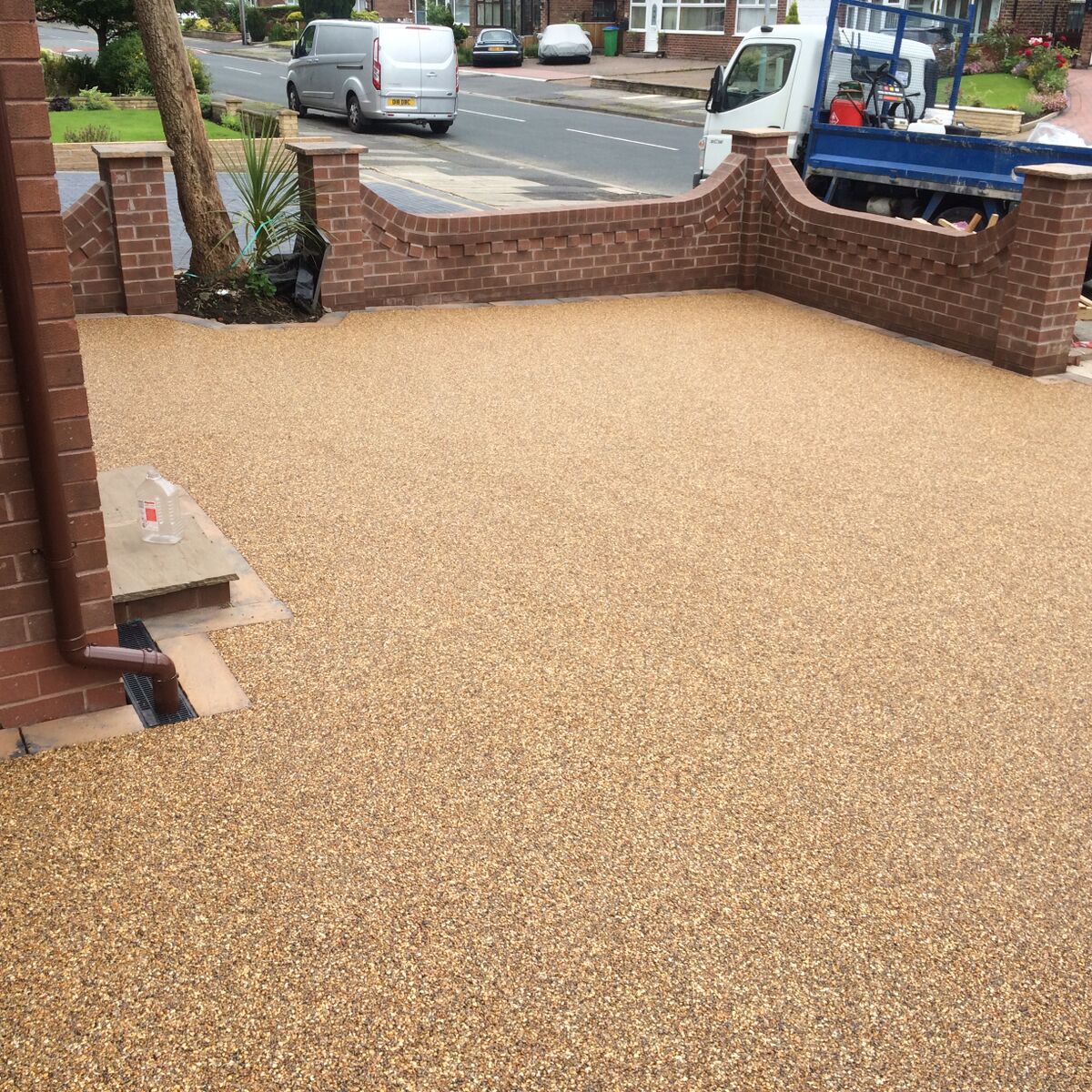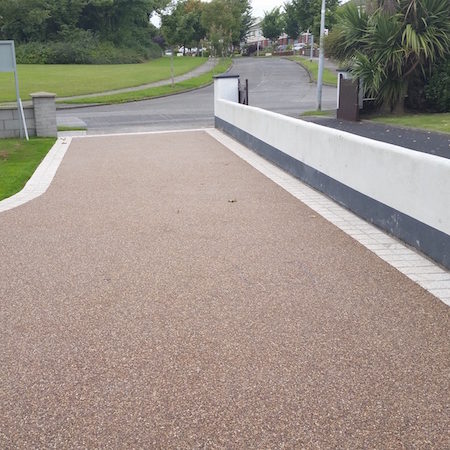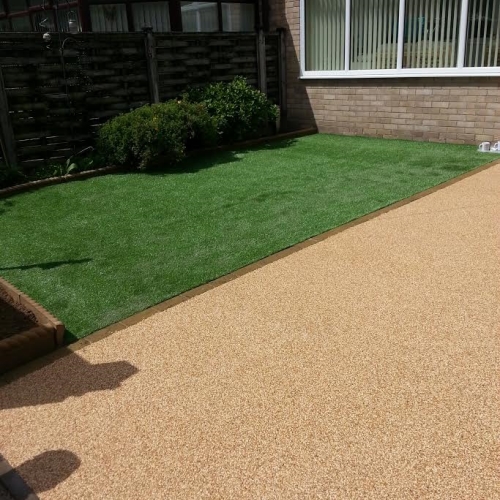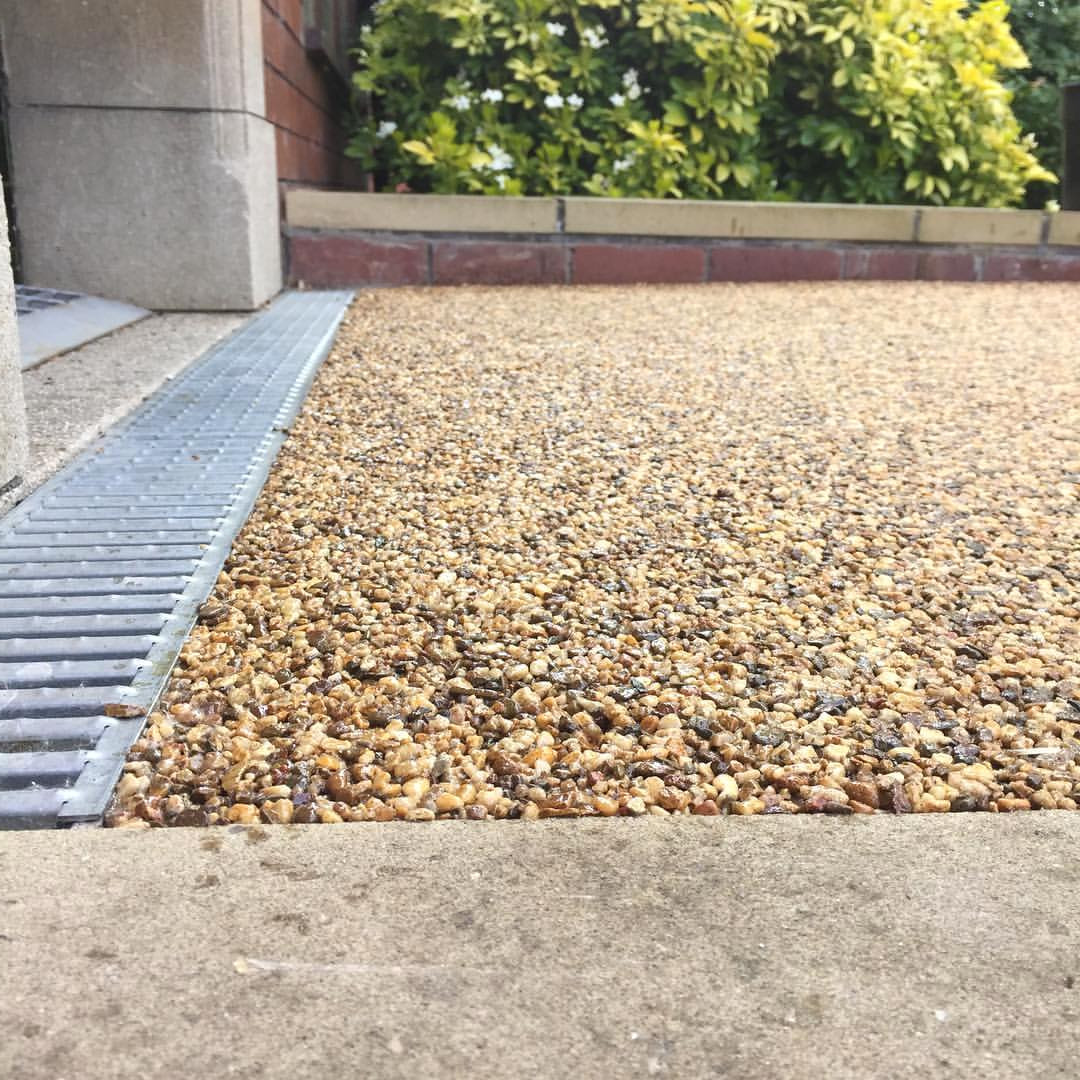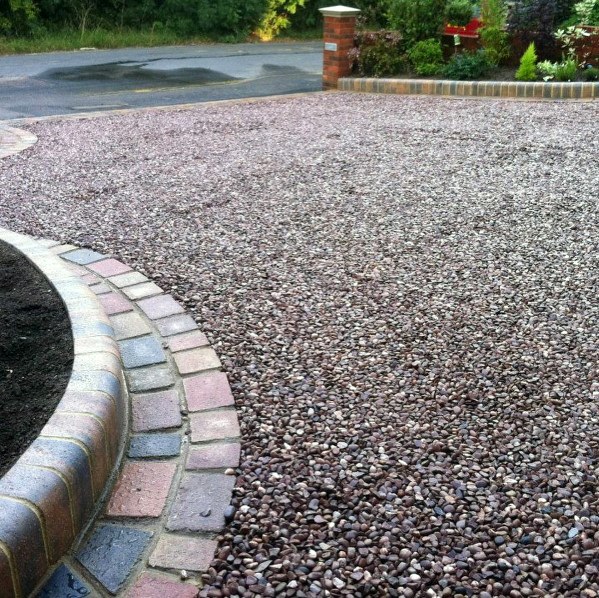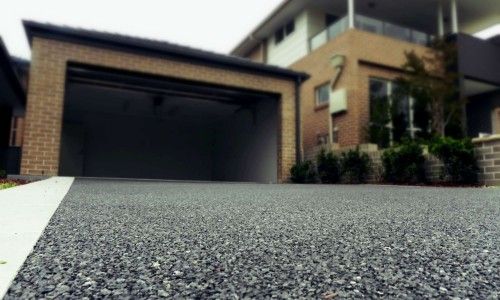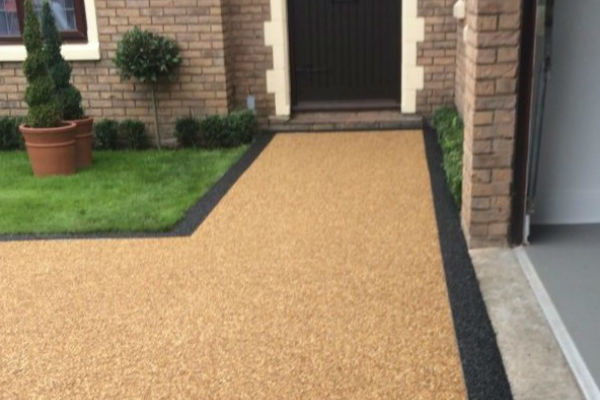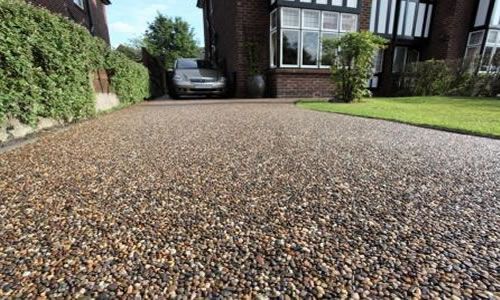WHY CHOOSE A RESIN BOUND DRIVEWAY, PATIO, OR PATH OVER AN ALTERNATIVE METHOD?
With a solid and reputable background in civil engineering, we have fine tuned our skills and produced the perfect mix of resin ingredients, for quality, robustnuss and peace of mind.
Over the past 12 years, our goal has simply been to be the industry leaders.
Why choose resin bound paving? Here are 10 good reasons:
In recent years, due to an increase in flooding and public awareness of flood prevention, the permeable resin bound paving market has grown considerably.
Unfortunately, as the demand for resin bound paving has grown so has the number of companies completing sub-standard installations. Frustratingly, this creates a bad reputation for a premium paving product that when installed correctly will last more than 25 years.
As it is a relatively new product, it’s one of only a few trades within the construction industry without a governing body or Trade Association of its own; and, apart from the Paving Expert website, there isn’t anywhere to go for independent advice about resin bound paving in Bristol.
So here they are – 10 really good reasons to choose resin bound paving…
1: It’s permeable: cold mixed on site using a process that ensures every particle of stone is completely covered in resin; forming a structurally stable 3D matrix. During the laying process, minute voids are created that allows water to drain through.
2: It’s aesthetically pleasing: not only is it decorative, resin bound paving is sustainable, practical and versatile.
3: It’s resistant to weather conditions: doesn’t soften in summer, freeze in winter or fade in sunlight.
4: Its longevity: resin bound paving is a long lasting durable surface. While guarantees vary between 10 – 21 years, when properly installed and maintained, can last for more than 25 years.
5: It requires minimal maintenance: there are no weeds to ‘weed’ or loose stone to sweep. A regular brush and occasional power wash will keep it looking as good as new.
6: It provides natural filtration: as surface or rain water seeps through the sub-base a natural filtration takes place – reducing or removing impurities and pollutants caused by oils and metals.
7: It reduces standing water (puddles): which in turn reduces surface water run-off and flash flooding.
8: It’s SuDS compliant (Sustainable urban Drainage Systems): a water management system introduced by the Environment Agency to help manage flood risk and water quality.
9: It reduces the ‘heat island’ effect: heat islands happen because hard surfaces, like asphalt and concrete, absorb and store heat.
10: Permeable paving allows the soil underneath to breathe, which reduces surface temperatures and thereby the ‘heat island’ effect.
No planning permission required: Since government legislation in 2008, planning permission is not required for areas less than 5m² or if the new surface is permeable.
LOOSE GRAVEL
A good alternative when needing to keep costs down. Will often settle and shift moving more of the gravel away from the area it is intended for. Loose gravel requires regular weeding and will lose the initial appearance very quickly due to movement from vehicles and walking.
- Weed growth
- Ongoing cost for replacing displaced gravel
- Short term visual impact
PRINTED CONCRETE
Printed Concrete – becoming very popular and common in appearance printed concrete can be used to simulate many different finishing techniques from stones, cobbles or brick. It can be very dangerous when wet and due to freeze/thaw situations. It can cause cracking and will incur additional maintenance costs.
- Very slippery when wet
- Surface cracks
- Weather damage in winter
CONCRETE
Concrete – A low maintenance option with many years of useable life. A porous material so it is susceptible to winter weather conditions and also diesel/anti freeze spillage which causes further ongoing damage and cracking over the longer term.
- Slippery when wet/freezing
- Common to staining
- Industrial appearance
TAR & CHIP
Tarmac – Offering a very industrial appearance tarmac has been used for years to surface our highways and roads. Due to modern manufacturing processes tarmac no longer wears and weathers as well with cold winter weather conditions causing cracks and ultimately pot holes. Due to the wearing process it is not possible to patch tarmac surfaces without obvious colour difference from weathered grey to new black.
- Short functional life span
- Patchy looking repairs
- Suffers winter weather extremes

